
Support Artist Isabella Kirkland's Legacy
Donation protected
Isabella Kirkland paints the natural world in all its oft-overlooked and lesser-known glory. She extensively researches the flora and fauna she chooses to depict for the most accurate representation possible, then painstakingly recreates them in complex compositions using the detailed, durable materials and techniques of the Dutch Old Masters.
Kirkland says of her work, “my analog and intentionally durable works in oil reflect selected flora and fauna of earth and may well outlast the species depicted in them. Especially for highly evolved and niche dependent species, the paintings may serve as witness to their loss.
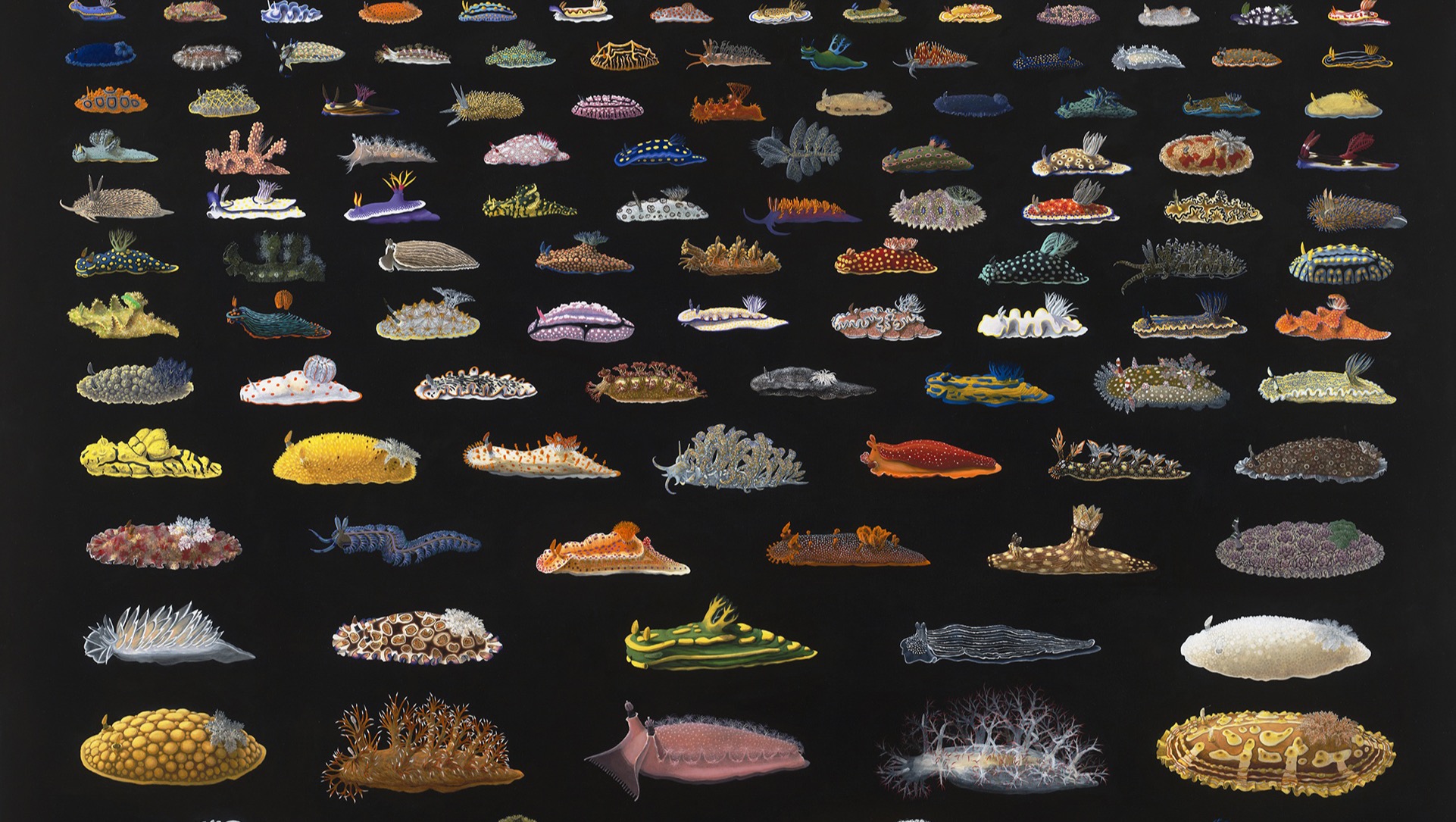
“While this is often called the digital age, our formats are increasingly ephemeral. Operating systems do not communicate with each other across time. However, oil paintings can endure centuries, like a time capsule. These paintings are a hedge against a future distant enough, or even near enough, to lack both the plants and animals in them, and the means to retrieve their images.
"Deep detail is one way to slow people down from the warp speed and distortion of modern life. In that slower, quieter moment, people may feel connected to the painted species in front of them and reflect upon their own impact on them. Humans may cause or prevent a species’ survival or extinction through how we live our lives, what we eat, what we choose as work, and how we spend our money. We are not separate from nature, just a disproportionately large part of it. As the dominant species on this planet, we have an incumbent responsibility to the rest of its life.
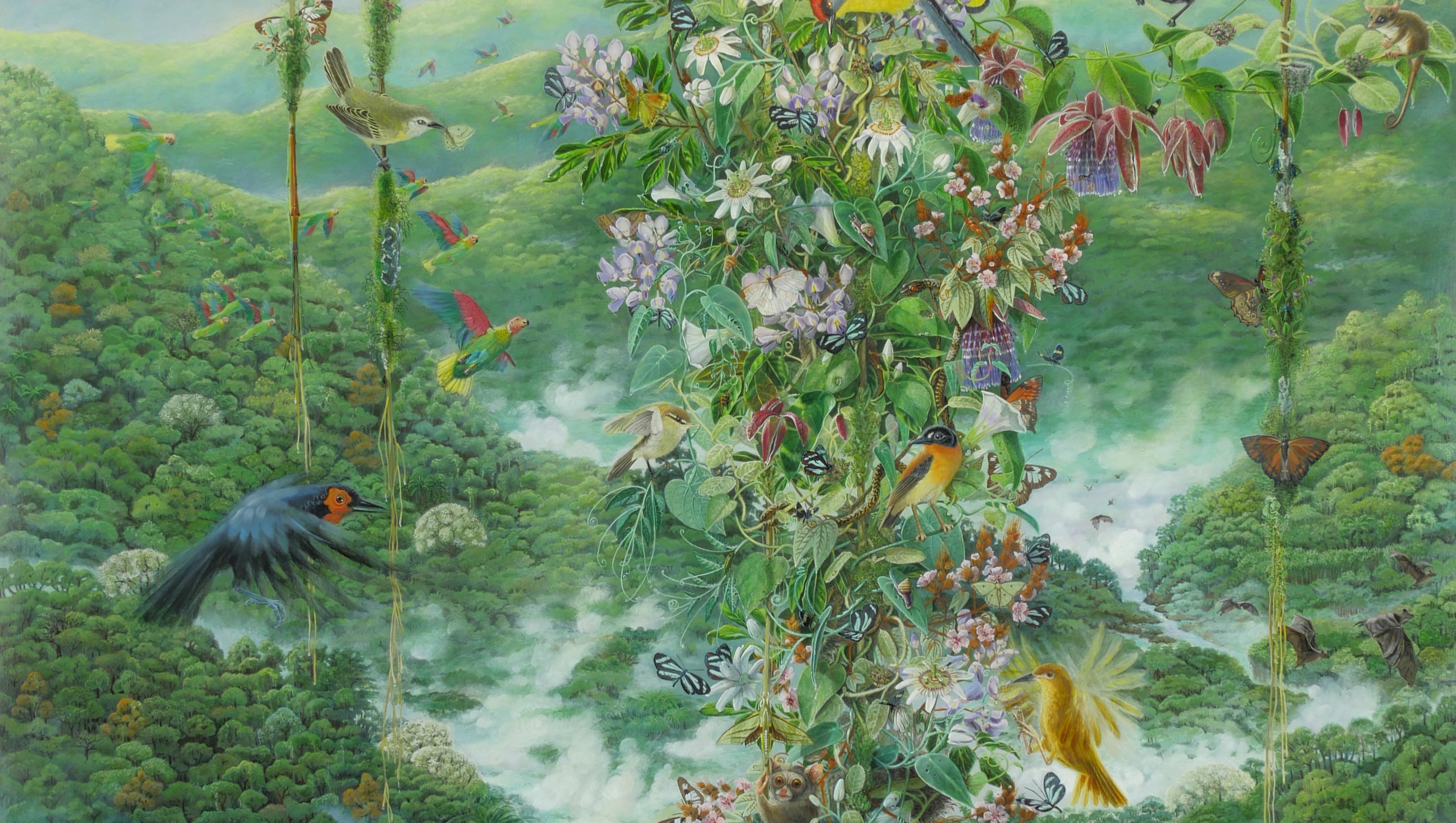
"There can be no return to some mythic time long ago when things were golden; nature is in a constant state of change. But we must find ways to allow nature itself the time and space to repair some of the damage mankind has caused… We must keep and regain as much species richness and diversity as possible, everywhere.
"And for that to happen, more of us must care.”
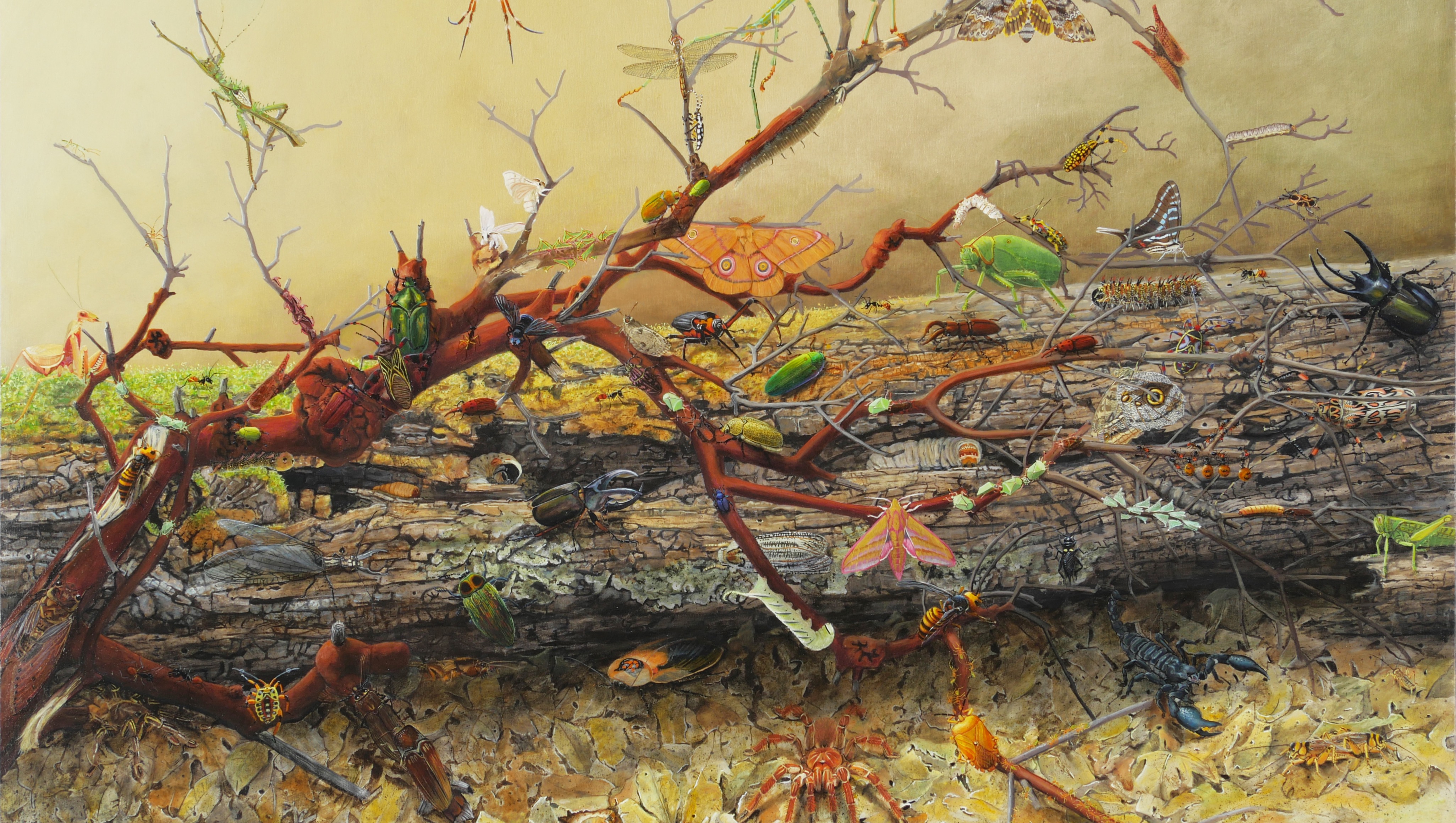
We are producing a long-overdue monograph on the brilliantly complex and stunningly crafted paintings of Isabella Kirkland, documenting the trajectory of her 45-year career as an artist and naturalist.
Authors include art critic and professor Maria Porges; museum director & co-founder of Art + Climate Action Jodi Roberts; and renowned scientist, professor, and author Edward Osborne Wilson.
The book will be hardbound and large-scale (14 x 11” page size), 120 pages, with extensive image reproduction plates and corresponding species keys and descriptions.
Isabella Kirkland is funding this publication herself. Due to the large-format scale of this hardbound book and the state-of-the-art printing that will allow her reproductions to look as close to the real artwork as possible, the cost of this publication is substantial.
Any amount you are able to donate will be most helpful and appreciated. The tiers below outline recommended levels and their accompanying gifts:
- $600 – 1 book
- $1,200 – 2 books
- $3,000 – 1 book plus one Taxa print
- $6,000 – 1 book plus Taxa print portfolio (6 prints in custom box) – limit of 10
- $25,000 - 2 books plus Taxa print portfolio plus exclusive dinner for 2 with artist at her houseboat studio in Sausalito – limit of 2
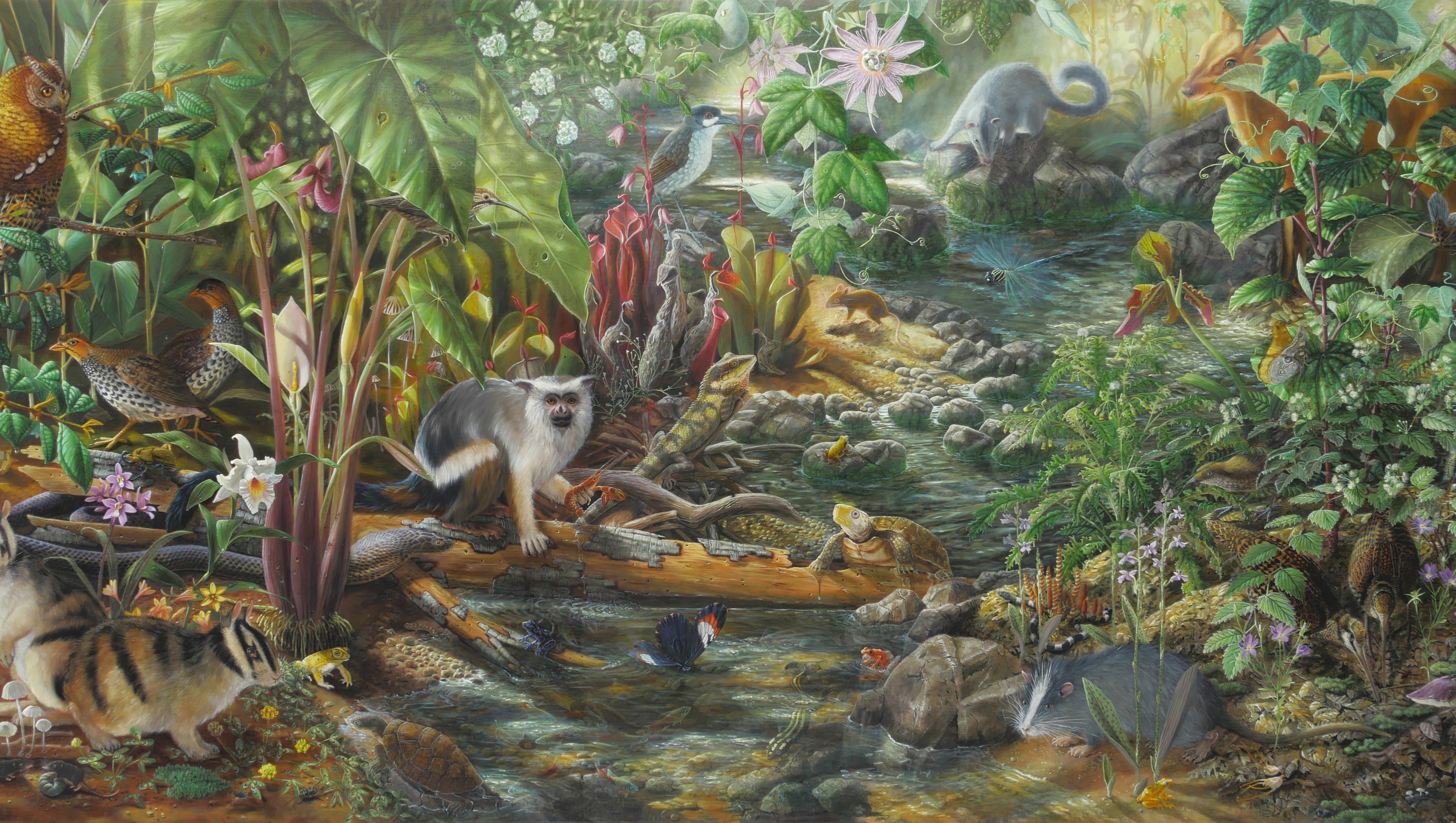
Excerpts from "At the Edge of Comprehension" by Jodi Roberts:
Among our imaginative shortcomings, the finitude of human empathy stands out as particularly dangerous. Developing our ability to comprehend a life that bears little resemblance to our own is a baseline requirement for creating lasting climate solutions – changes that are absolutely within our technological and financial reach but for which we have yet to find the collective will. In wealthy parts of the world – places that bear the lion’s share of responsibility for today’s environmental and climatic degradation – it’s difficult at best to hold in mind human suffering among distant populations. Wrapping one’s brain around the experience of a threatened, non-human species: arguably impossible.
Yet in the last twenty-five years, Isabella Kirkland has built a career focused on stretching our imaginative limits, on sparking empathetic impulses where formerly there were none. In her efforts to pierce the bubble of a viewer’s personal experience and the lessons of socialization, Kirkland draws on a surprising range of tools. Her research methods employ the technology of cutting-edge biological science while her artistic process borrows from centuries-old painting techniques and materials. She studies immense glossaries of endangered flora and fauna and finds ingenious methods for bringing them to life through pictorial composition and the drama of color and light. Her hands operate with the exactitude of a skilled taxidermist and scientific illustrator, but Kirkland gladly takes advantage of the creative fictions and flourishes that are the special purview of artists.
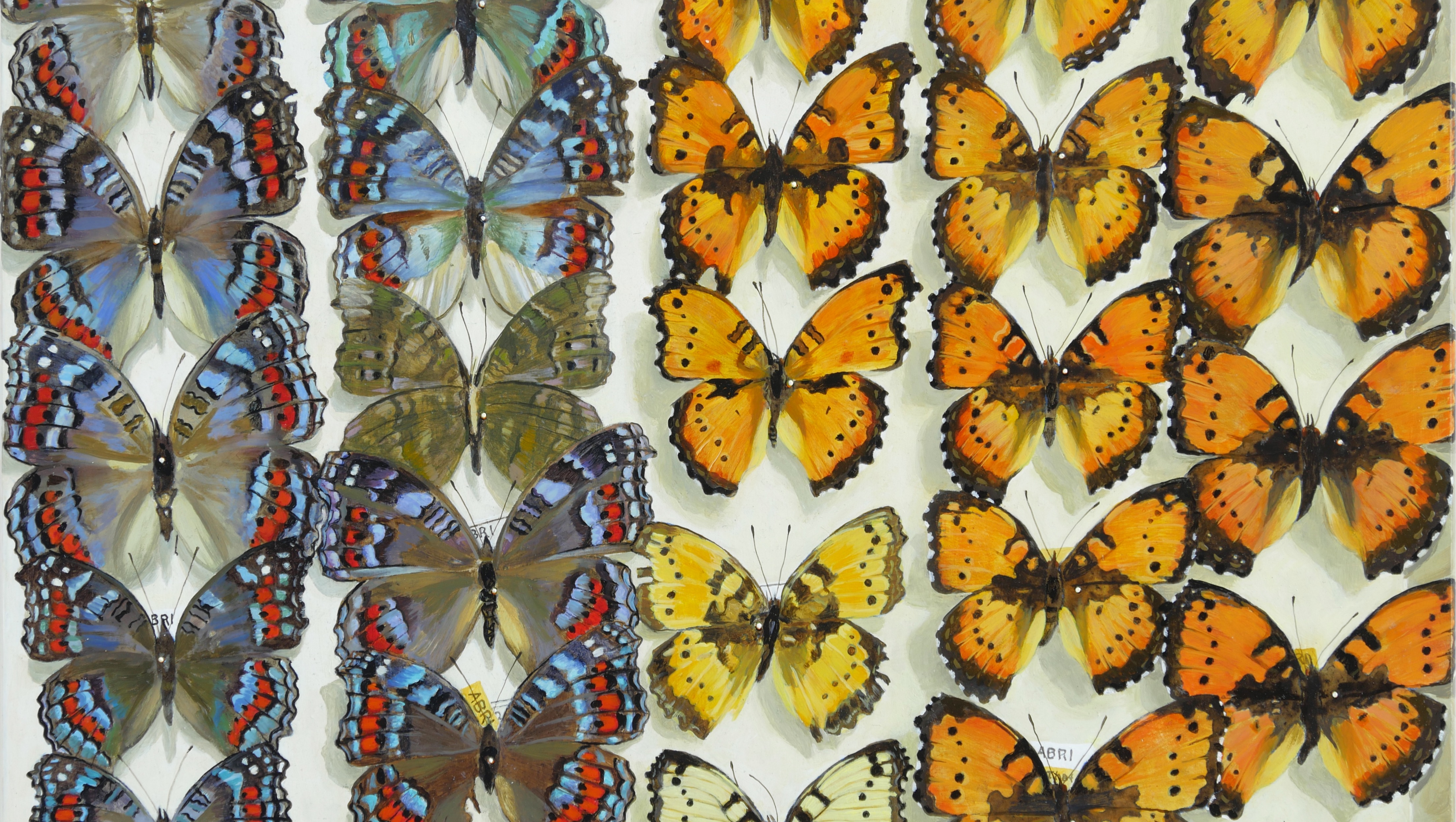
In terms of biodiversity, the loss of large mammals, many of them at the top of the food chain, is of comparatively small consequence. Rapidly decreasing numbers of arthropods and other small animals of prey pose a much greater danger to healthy ecosystems. The famed entomologist Edward Osborne Wilson, whose writing on Kirkland’s work is reproduced in this volume, began sounding the alarm of insect extinction decades ago. The decimation of what Wilson called “the little things that run the natural world” spelled imminent and irreparable damage to complex ecosystems, including the large animals – for example, human beings – that live largely unaware of the billions of smaller organisms upon which we depend.
How, then, can an artist stir empathy for lifeforms that bear little resemblance to humans or the creatures that tug at our hearts? For Kirkland, the process begins with a powerful appeal to the human eye. Like the Golden Age masters she spent years studying, Kirkland wields the malleability of oil paint with astounding dexterity, ushering forth staggeringly illusionistic textures, colors, transparencies, and material densities on her two-dimensional surfaces. To stun the eye, she understands, is to capture a viewer’s attention and curiosity. The most visually intriguing lifeforms in a Kirkland painting are often creatures that in real life are easily dismissed as insignificant or even off-putting. Light bounces off of the iridescent wings of a brightly hued butterfly. Across a stoney surface, lichen crawls with soft outgrowths that unfurl like succulent leaves. Insect eggs glow with the high shine of enamel or glass.
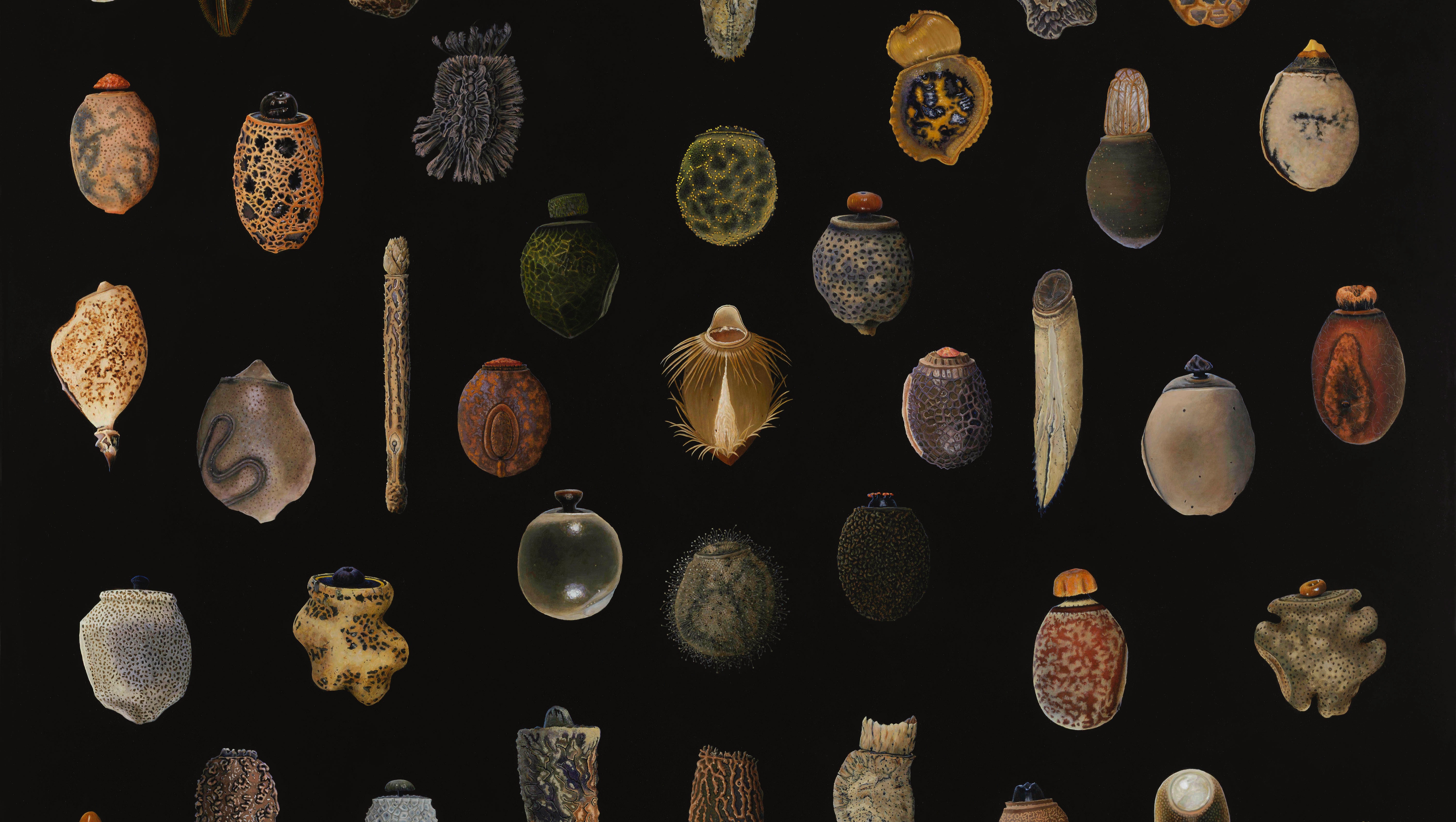
Empathy, ultimately, is the product of prolonged engagement, of approaching another being with genuine curiosity and openness, of striving to understand what is the same and what is different about your experiences of the world and theirs. In asking viewers to slow down before her paintings, Kirkland asks us to sympathize with lives that are very different from our own. Or as the artist puts it, “We must keep and regain as much species richness and diversity as possible, everywhere. And for that to happen, more of us must care.”
Organizer and beneficiary
Dianne Dec
Organizer
Sausalito, CA
Isabella Kirkland
Beneficiary